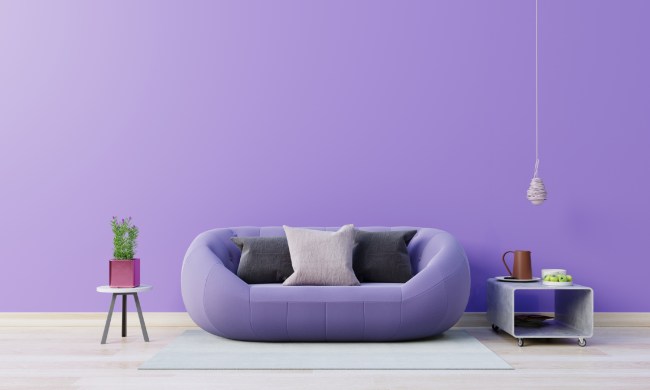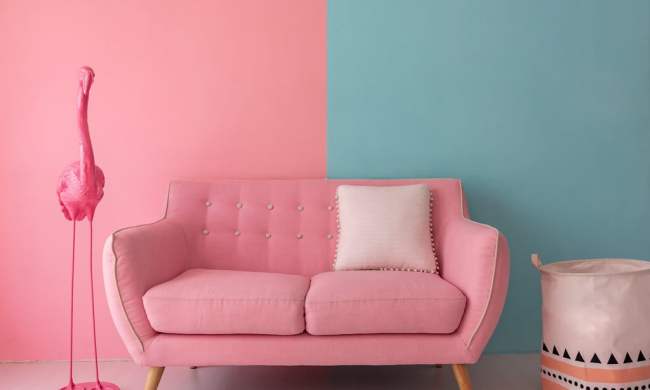Sheets are sheets, right? Why should you even have to consider whether you want cotton or linen? What’s the big deal? If you’ve ever shrugged your shoulders in bewilderment when someone’s told you that you ought to purchase one over the other, then this article is for you.
Both linen and cotton have their own benefits, unique feel, and price. Both fabrics are commonly used to make sheets, so it’s quite probable that you’ll find what you need to match your style and decor. On the other hand, it’s not always easy to find sheets that match your preferences and sleep requirements. The reason for this is that linen and cotton don’t feel the same against your skin. There are subtle differences that may not matter to some, but to others can make a world of difference when it’s time to hit the hay.

Cotton
While both cotton and linen are common materials used to make bed sheets, cotton is more so. The material is derived from the cotton plant’s seed capsules. These seeds are protected by “bolls,” which are round, fluffy fibers. Every boll is usually composed of about 200,000 fibers that vary in length.
Longer fibers are preferred since sheets made with long-staple cotton are resistant to pilling and last longer.
There are primarily three types of cotton used in making bed sheets. They are:
- American upland cotton: Short cotton fibers distinguish up to 97% of all cotton grown in the U.S. In America, this type of cotton is both common and reasonably priced.
- Egyptian cotton: This type of cotton is sought after for its exquisite softness and its incredible durability. It’s grown in Egypt (hence the name) in the Nile River Valley. There, the climate creates perfect conditions for the growth of extra-long staple cotton (ELS).
- Pima/Supima cotton: Another long-staple cotton, this type is soft and durable. It’s commonly grown in South American countries, although it’s also grown in the U.S. Supima cotton is a proprietary variety that’s grown explicitly in America.
Besides the fact that cotton bed sheets may be made from various cotton types, they can also be woven in a few different ways. Some of these weaves include twill, sateen, and percale. No matter how they’re woven or what type of cotton is used, all-cotton sheets share certain features like softness, breathability, and moisture-wicking abilities.
Major benefits
- Every wash softens the fabric
- Available almost everywhere
- Long-lasting
- Moisture-wicking
- Breathable
- Many weaves, varieties, and price points
Major drawbacks
- Known to shrink
- More expensive than sheets with synthetic fibers
- It doesn’t last as long as sheets with synthetic fibers
- Wrinkles easily

Linen sheets
Like cotton, linen is a material derived from a plant — the flax plant, to be precise. It’s set apart from all other materials used to make bed sheets by its comprehensive manufacturing process. That process begins when the flax plant is harvested, dried, and put through a threshing process to remove its seeds.
The plant then goes through more processes designed to remove woody parts, polish its fibers, and spin them into yarn, after which that yarn is woven into fabric. This detailed process is what gives linen its unique feel and causes it to be one of the most durable materials used to make bed sheets.
A major feature of linen is that it’s hypoallergenic and so naturally minimizes allergens and germs. People with sensitive skin will find that the material is anti-static (no zapping by static-electricity!). It usually feels cool even in hot weather due to how breathable it is.
Finally, while it’s more expensive than cotton sheets because of how lengthy its manufacturing process is, some people may prefer it simply due to the fact that it’s biodegradable.
Major linen benefits
- Every wash strengthens and softens the material
- Environmentally friendly
- Naturally anti-germ and anti-allergens
- Long-lasting
- Breathable
Major linen drawbacks
- Not as many color options as cotton
- Easily wrinkled
- Sometimes has a coarse, thick feeling
- More expensive than other materials
Linen vs. cotton: Which one wins?
The truth is that it’s purely a matter of preference as to whether one thinks linen or cotton is the better material. As noted above, both fabrics are derived from plants, but each has its own unique characteristics. We’d give linen a slight edge over cotton despite cotton’s wide availability. The fact that linen is biodegradable and hypoallergenic is also a plus in today’s world. Whichever material you choose, you can be sure you’re going to get a good night’s sleep on either material.



